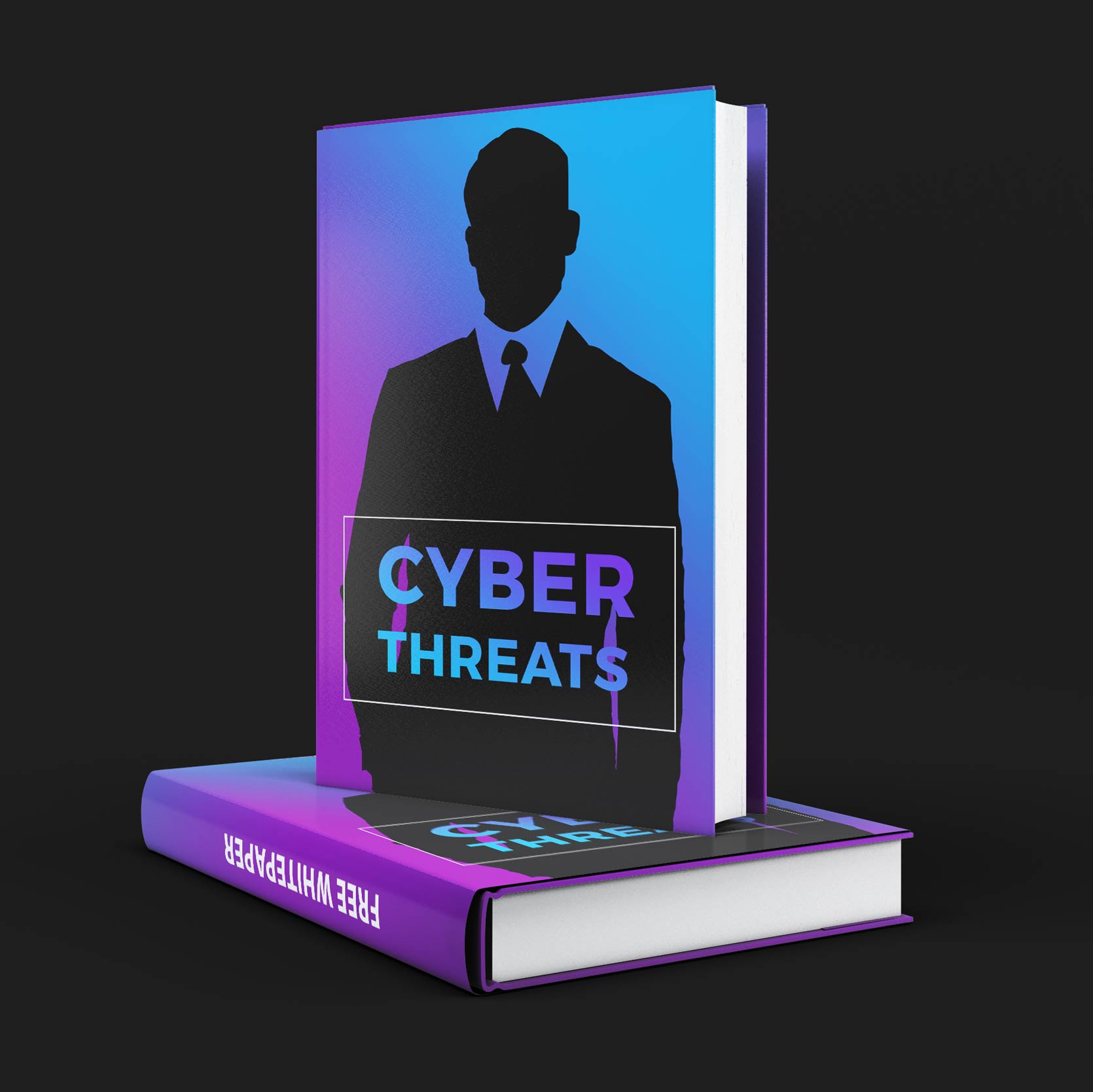
Spotlight
Top Categories
Featured

How to Achieve a Robust Security Program
CYBERSECURITY Ervin Daniels todayAugust 9, 2023 67

It’s not about if something bad happens to your business. It’s the notion that a cyber attack will happen to your business. Business and Security leaders must focus more on risk mitigation than preventing cyber attacks. With the rise of cyber-attacks and data breaches, companies must be vigilant to protect themselves against hackers.
Security programs must develop a strategy around five core functions: Identify, Protect, Detect, Respond, and Recover. Organizations must be able to identify a cyber incident in their environment asap. Once the actionable threat has been discovered, the organization must have the correct response plan and the ability to recover from any damage a cyber incident has caused. Business and Security leaders need a robust security program.


Below are best practices on how to get started with developing a robust security program and a quick definition for each.
Five Best Practices:
- Develop an Asset Management Program
- Implement Access Controls
- Design a solid Security Architecture.
- Build and Maintain Business Continuity Plans
- Have an Incident Response Plan in place
Practice #1: Develop an Asset Management program.
What is cybersecurity asset management? Cybersecurity asset management is continuously identifying your organization’s IT assets and the potential security risks or gaps that affect the IT data and resources, including endpoints, networks, applications, and data, in real-time.
Practice #2: Implement Access Controls
Access control is a data security process that enables organizations to manage who is authorized to access corporate data and resources. Secure access control uses policies that verify users are who they claim to be and ensures appropriate control access levels are granted to users.
Practice #3: Design a solid Security Architecture
A security architecture is a set of models, methods, and security principles that align with your business objectives, keeping your organization safe from cyber threats. Through security architecture, a business’ requirements are translated to executable security requirements.
Practice #4: Build and Maintain Business Continuity Plans.
Business continuity is a business’s readiness to maintain critical functions after an emergency or disruption. These events include security breaches, natural disasters, or unexpected business interruptions.
Practice #5: Have an Incident Response process in place.
An incident response plan is a set of instructions to help cybersecurity staff detect, respond to, and recover from network security incidents. These plans address cybercrime, data loss, and service outages threatening daily work.
Conclusion
Knowing your IT assets in your environment and their location is critical to understanding the risks to your environment’s attack surface. Implementing appropriate Identity & Access Management controls allows the right users to access the right access, the correct data for the right reasons. Designing an enterprise security architecture is critical for identifying vulnerabilities, implementing best practices, and defending against various cyber threats. Having business continuity and Incident Response plans and keeping them up to date will keep your business running despite a significant interruption.
Stay safe, my friends.
Cybersecurity Architect with over 25 years of Technology and Security leadership and hands-on experience across various industries (retail, public, financial services, and technology).
Written by: Ervin Daniels
About the author
Ervin Daniels
Cybersecurity Architect with over 25 years of Technology and Security leadership and hands-on experience across various industries (retail, public, financial services, and technology).
Previous post


Identity & Access Management Ervin Daniels
Cybersecurity 101: Identity Security
Ervin Daniels Cybersecurity Architect with over 25 years of Technology and Security leadership and hands-on experience across various industries (retail, public, financial services, and technology).
Similar posts




©2020 Ervin Daniels. Designed By Tru Brand Media Disclaimer: Opinions expressed are solely my own and do not express the views or opinions of IBM.







Post comments (0)